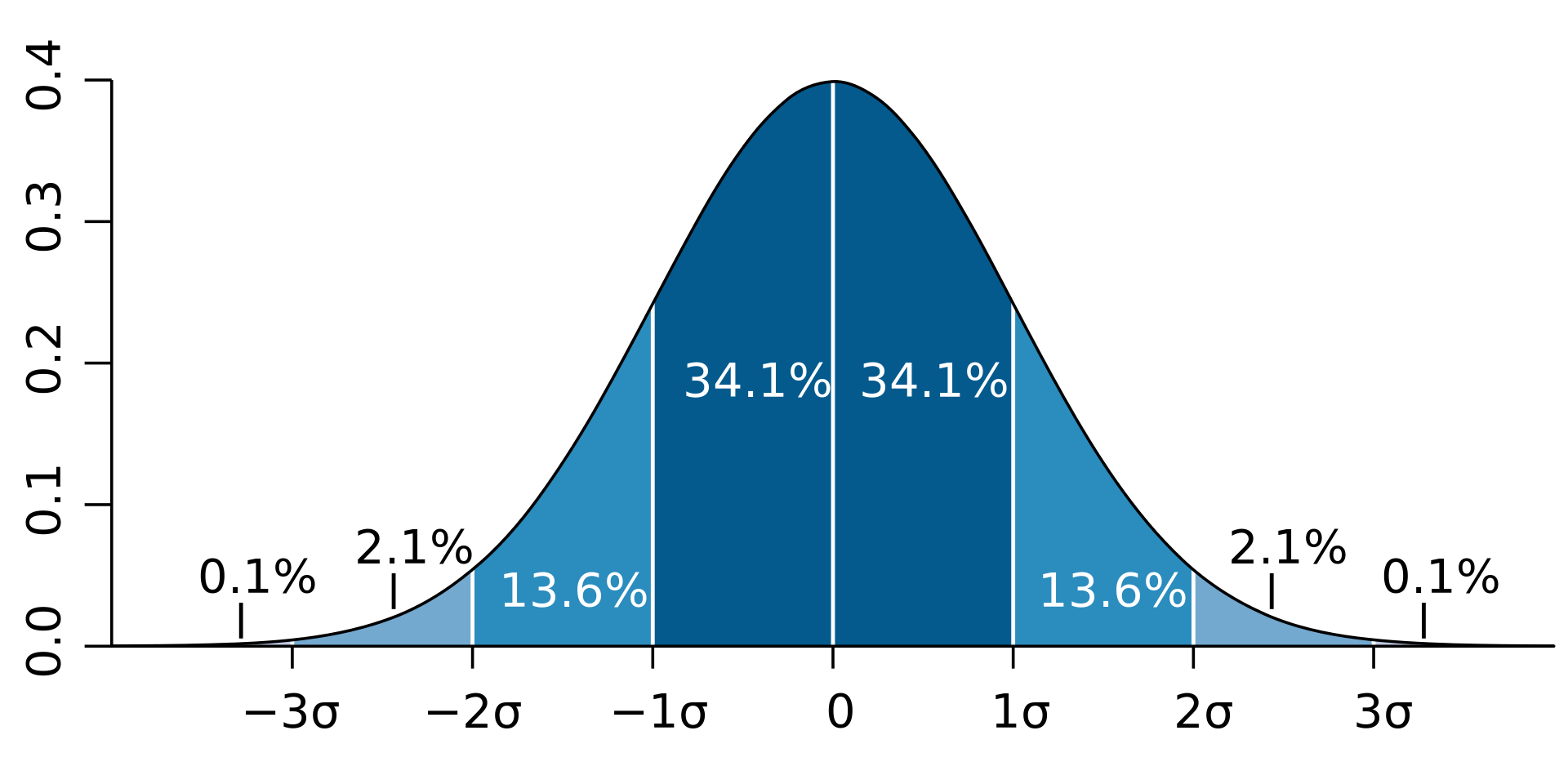OSTEOPOROSIS-DIAGNOSIS
SUMMARY
1. OP is a loss of bone osteoid that reduces structural integrity and results in increased risk of fracture. Normal mineral:organic component ratio but decreased bone density.
2. The T-score compares results with normal, young, healthy bone; a T-score of -1.0 means the BMD is 1 SD less than normal (approx. bottom 16% of population).
3. A T-score of -2.5 or lower is the definition of osteoporosis (approx. bottom 1% of population), whereas those between -1 and -2.5 suggest osteopenia.
4. The Z-score compares the BMD result to age, sex & ethnicity-matched controls; recommended for use in patients < 50yrs.
5. Z-score uses: to assess for accelerated osteoporosis (which would suggest secondary factors-such as drugs), in assessing progress during therapy & help differentiate OP from pathologic fracture.
6. Z-score ≤ -2 suggests secondary causes of bone loss.


Reference(s)
Wilkinson, I., Furmedge, D. and Sinharay, R. (2017). Oxford handbook of clinical medicine. Oxford: Oxford University Press. Get it on Amazon.
Feather, A., Randall, D. and Waterhouse, M. (2020). Kumar And Clark’s Clinical Medicine. 10th ed. S.L.: Elsevier Health Sciences. Get it on Amazon.
Hannaman, R. A., Bullock, L., Hatchell, C. A., & Yoffe, M. (2016). Internal medicine review core curriculum, 2017-2018. CO Springs, CO: MedStudy.
Therapeutic Guidelines. Melbourne: Therapeutic Guidelines Limited. https://www.tg.org.au [Accessed 2021].